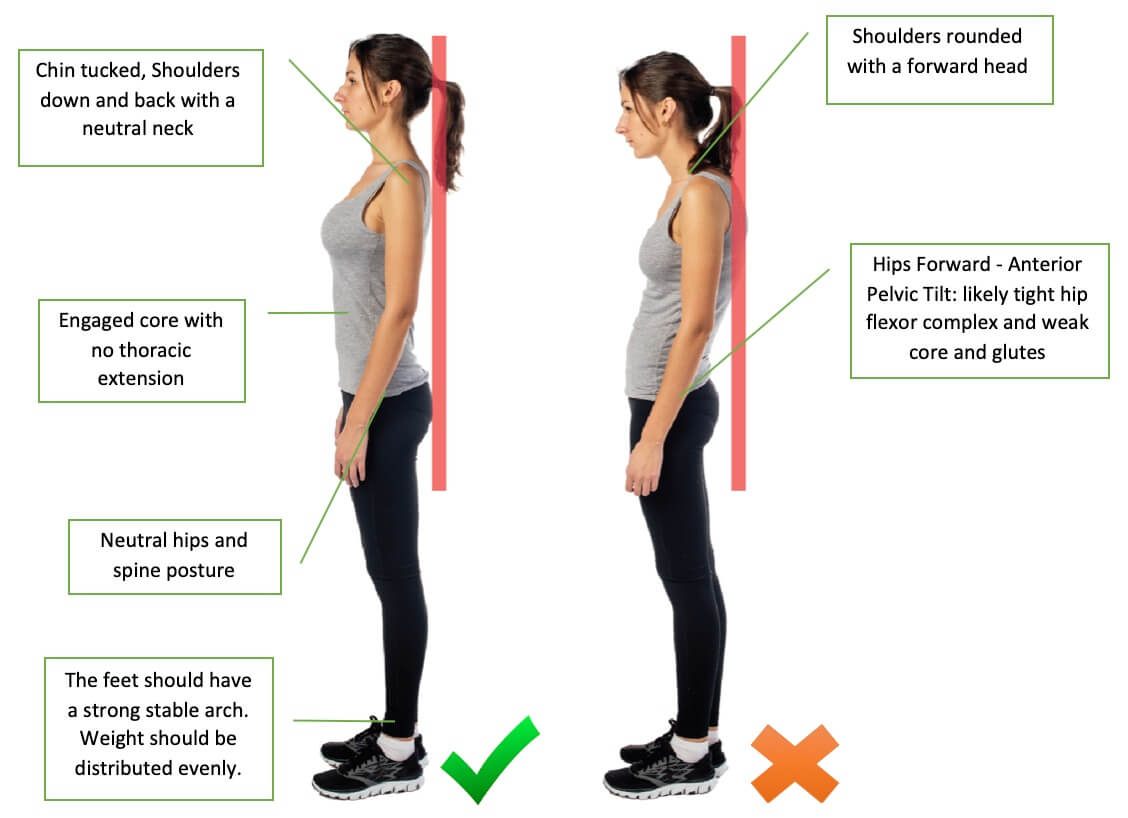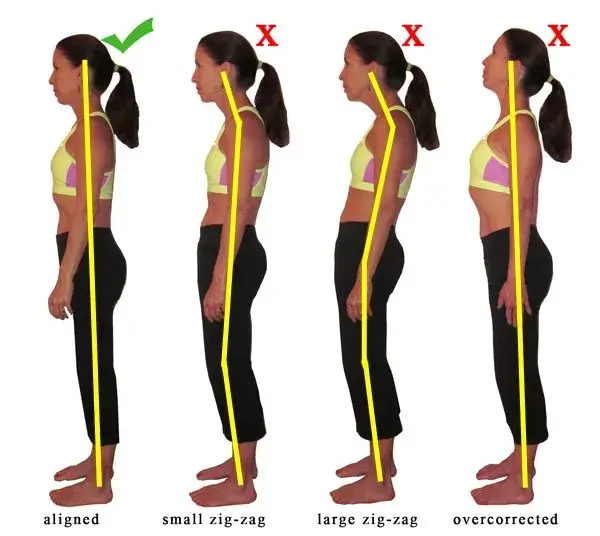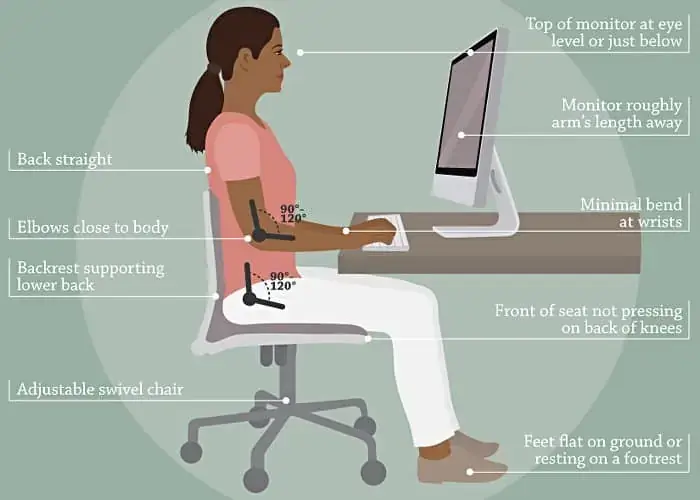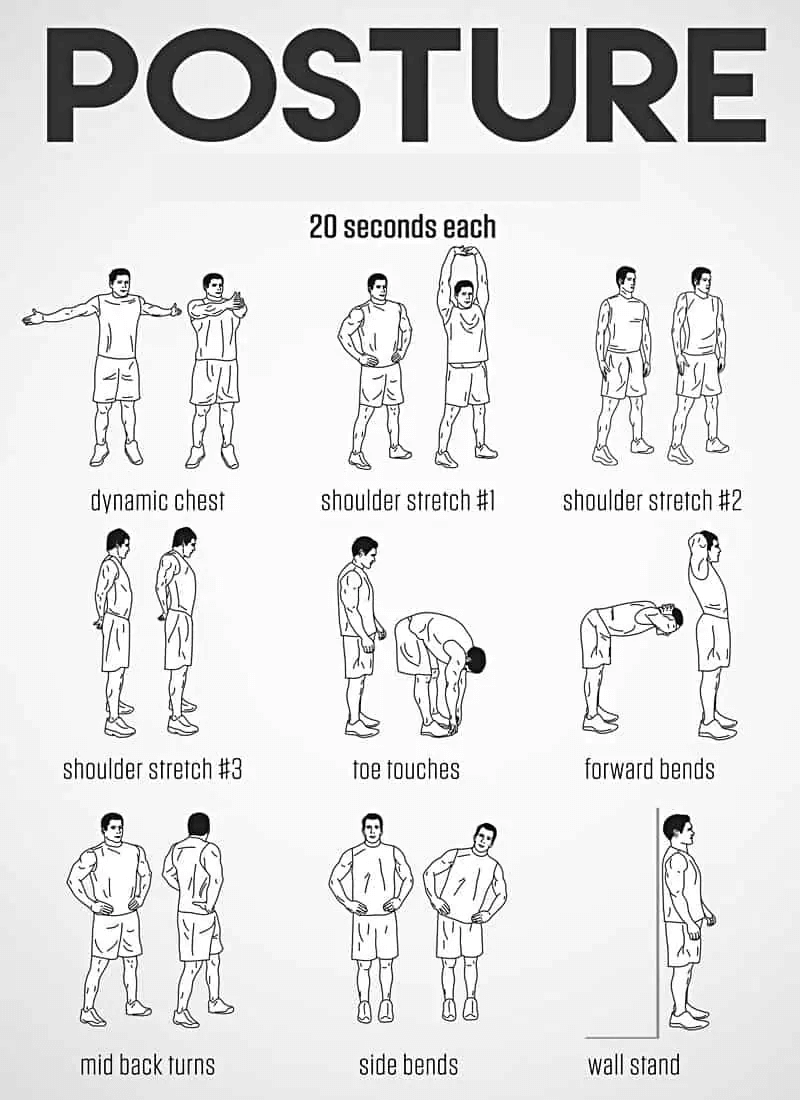
Good posture isn't just about looking confident; it's fundamental to your musculoskeletal health. Poor posture can lead to chronic back and neck pain, headaches, fatigue, and even digestive issues. The good news is that improving your posture is achievable with consistent effort and awareness. This guide will help you understand the basics and provide actionable steps to stand taller and feel better.
Why Good Posture Matters
- Reduces Pain: Aligns your spine and joints, reducing stress on muscles and ligaments.
- Increases Energy: Muscles work more efficiently, preventing fatigue.
- Improves Breathing: Allows your diaphragm to move freely, enhancing lung capacity.
- Boosts Confidence: A confident stance can positively impact your mood and how others perceive you.
- Prevents Injuries: Distributes weight evenly, reducing wear and tear on joints.
Signs of Poor Posture
Before you can fix it, you need to recognize it:
- Rounded shoulders
- Head forward (forward head posture)
- Arched lower back (excessive lordosis) or flattened lower back
- Constant neck or back pain
- Slouching when sitting or standing

Tips for Better Posture in Daily Life
1. Standing Posture:
- Imagine a string pulling you up from the crown of your head.
- Keep your shoulders relaxed, back and down.
- Tuck your chin slightly, keeping your head level.
- Engage your core muscles gently.
- Distribute your weight evenly on both feet, which should be hip-width apart.
2. Sitting Posture:
- Sit all the way back in your chair, ensuring your lower back is supported (use a rolled towel or lumbar pillow if needed).
- Keep your feet flat on the floor, or use a footrest if they don't reach.
- Knees should be at or slightly below the level of your hips.
- Keep your computer monitor at eye level to prevent neck strain.
- Take regular breaks – stand up, stretch, and walk around every 30-60 minutes.
3. Lifting Correctly:
- Bend at your knees, not your waist.
- Keep the object close to your body.
- Lift with your legs, keeping your back straight.
Simple Exercises to Improve Posture
- Wall Angels: Stand with your back against a wall, try to press your head, shoulders, and arms (bent at 90 degrees) against the wall while sliding them up and down.
- Chin Tucks: Gently pull your chin straight back, as if making a double chin, to strengthen deep neck flexors.
- Thoracic Extension: Use a foam roller to gently extend your upper back, counteracting slouching.
- Plank: Strengthens core muscles, essential for spinal support.


Improving posture is a journey, not a destination. It requires consistent awareness and practice. If you find it challenging to correct your posture or experience persistent pain, a physiotherapist can provide a personalized assessment, identify muscle imbalances, and guide you through specific exercises and ergonomic adjustments to help you achieve optimal posture and long-term relief.